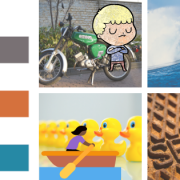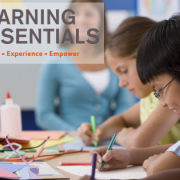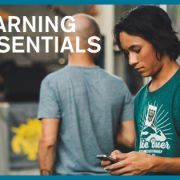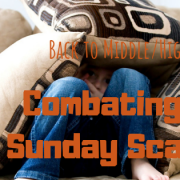A Teen’s First Job Pt. I
So your teen is set on part-time employment to make some extra spending money—great news! However, there are several discussions that should happen before teens take the plunge and make that serious commitment.
Encourage your teen to start by brainstorming his/her interests
One solid starting point when teens begin considering a part-time job is to point them in the direction of their own interests. It is much more enjoyable to invest your time and work somewhere when the job revolves around things you enjoy. Ask teens to think about what they like—then brainstorm from there.
-
- If he/she prefers the outdoors, consider the following options: lawn mowing, mulching or other landscaping jobs, dog walking, raking leaves, assisting a summer camp, lifeguarding, bicycle delivery service, park service, etc.
- If he/she enjoys animals, consider applying for dog or cat sitting, pet stores, zoo assistance, pet groomers, pet training schools, pet boarding companies, veterinary help, or rescue organizations.
- If he/she is interested in helping others, think about retirement communities, church camps, child care programs, babysitting, food/clothing/book collection for the needy, hospitals or clinics, and programs to help people with disabilities or Special Olympics.
- If he/she prefers art or literature, consider employment at local bookstores, libraries, museums, painting/crafting studios, music venues, or local newspaper or magazine publications.
Consider how the work schedule will fit in with life BEFORE applying
As much as teens may be thinking about all of the wonderful ways in which a little extra cash can help them, they need to really think about the time commitment that this part-time job will require. If school comes first, this potential job will come second—meaning that activities with friends, spontaneous weekend trips, and hangouts will all be pushed to the backburner. With this level of commitment, your child will need to consider the following:
- How much time he/she is able to commit per week; some employers will want to hire only when employees can work a minimum of 10 hours per week, for example. You will need to sit down as a family and really crunch the numbers to ensure that the hours required for the job are realistic for your teen’s prior commitments.
- Logically speaking, how would your teen get to and from his place of employment? If he has a car, that is much more manageable. However, if he isn’t driving yet, or shares the family car, public transportation may need to be arranged. Does he know the bus loops? Is the job within a walkable or bikeable distance? How long would he need to carve out in order make it to his shifts on time?
- Your teen must also be prepared to make scheduling sacrifices. Besides school work and family obligations, the job will have to come first. That might mean missing the big game, a last-minute ski trip, or having to decline someone’s sweet 16. Will it be a bummer? Yes, but that is the level of commitment that even a part-time job will require. Teens must be prepared to say “no” when a social event conflicts with the work schedule or weekend shift. If they are not ready to sacrifice fun for funds, then it is not quite time for a job yet.
- Tardiness at work is not the same thing as tardiness in school—there is no detention as retribution. Instead, if your teen is late to work, she must be prepared to face the difficult, sometime irreparable consequences. Discuss the fact that both the employer and your teen’s fellow coworkers are relying on her to show up on time. Being late to work often has ripple effects of which your teen may need to be reminded. Her tardiness might mean that customers have to wait, the business may lose money, other employees may have to cover her absence. Essentially, tardiness is a reflection of one’s level of care and responsibility. Remind your teen that showing up late, even once without notice or a justifiable reason, is a very bad look.













